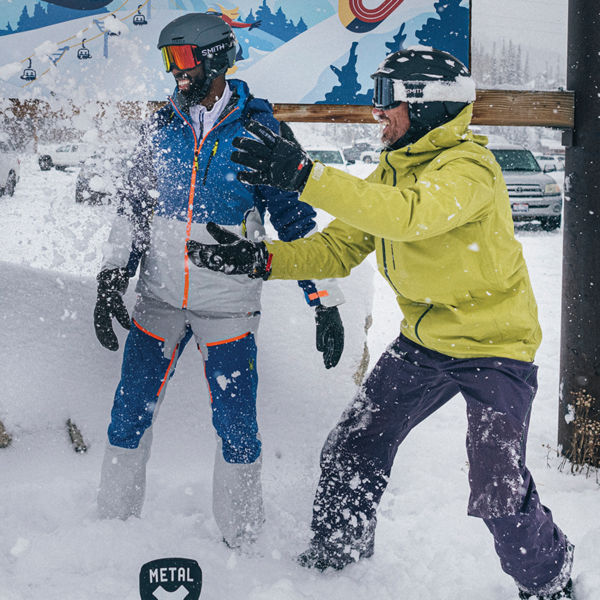
Pics or it didn’t happen, right? Whether you’re capturing memories for the family or building your photography portfolio, a good camera helps you relive great moments again and again. That’s especially true in adventure and travel photography, and with the right gear, you’ll be equipped to capture incredible shots. From cameras and lenses to essential protective equipment, here’s your guide to building your adventure and travel photography kit.
Types of Cameras
To get started in adventure and travel photography, it’s important to be familiar with the types of cameras available.
Compact Digital Cameras
Also known as “point and shoot” cameras, these are the most user-friendly of all digital cameras—they’re small, lightweight, and durable, but they’re not as sophisticated as multi-part cameras with higher-quality lenses.
DSLR (Digital Single Lens Reflex) Cameras
Serious photographers use DSLRs for their sharp images, adjustable settings, and interchangeable lenses. “Mirrorless” cameras are compact DSLRs (without the internal mirror), which makes them lighter while still capable of capturing high-quality images.
POV Action Cameras (i.e. GoPros)
Durable and versatile, point-of-view action cameras are small enough to fit in the palm of your hand or in a pocket while out in the field. They’re great for capturing motion, but they do have some drawbacks: shortened zoom, fixed focus, small viewfinder, and their settings aren’t fully customizable.
Drones
Like an action camera with propellers, drones can help you produce stunning aerial photography and video without stepping into a plane. Just keep in mind that there are strict rules governing their use, especially on public lands, as well as checked baggage airline policies for carrying their extra batteries.
Film Cameras
These old-school cameras are making a comeback. They create distinctive images, but you’ll need to get the film developed in a photo lab.
Camera Body
For adventure photography, a camera’s ability to withstand the elements is key. Look for durable housings that can resist water and potential damage from dust or sand (more on that below). In addition, make sure the camera body has connection points for a strap, which will make it much easier to carry.
Camera Lenses
Choose your lens based on what you want to shoot. There are two categories of lenses: prime lenses and zoom lenses. Prime lenses have fixed focal lengths, and they have the advantages of being lightweight and producing sharper images. Zoom lenses have adjustable focal lengths, which makes them more flexible for shooting in varying environments and capturing subjects from different distances. For the average photographer, there are four basic types of lenses to consider:
Standard
Often considered the most versatile, these lenses can accommodate a wide range of photography scenarios—close up, far away, and everything in between.
Macro
These are used for close-up photos. Macros are best for nature photography, as they enable you to capture the most details in a single image.
Telephoto
These are made for shooting subjects from a distance. They’re best for sports photography, as well as some landscape and nature photography, because they’re ideal for isolating far-away subjects. One caveat: They can be heavy and bulky.
Wide-Angle
These lenses are used to fit large areas or scenes into a single frame. They’re best for landscape photography.




















